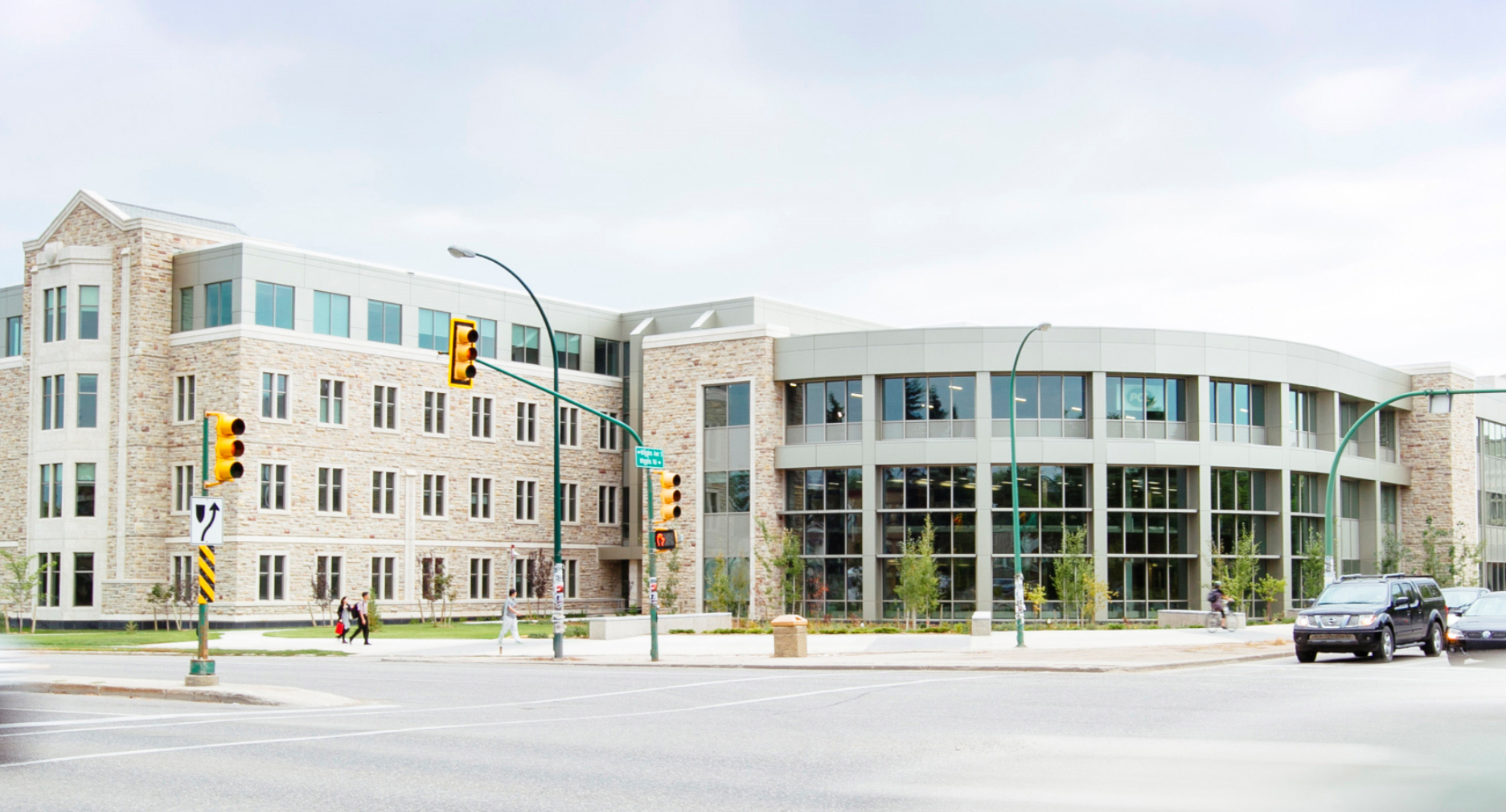
Enhanced physical therapy curriculum shines ahead of accreditation visit
One of the most important goals during the accreditation process is ensuring that students are learning the best practices and most up-to-date education.
By Amanda WoroniukFor the School of Rehabilitation Science (SRS), ongoing curricular renewal of the Master of Physical Therapy program (MPT) is a priority. The curriculum integrates theory with clinical learning throughout the two-year, six-week accredited program, so students are able to put their evidence-based knowledge into practice.
The school is preparing for a virtual accreditation visit by Physiotherapy Education Accreditation Canada for their MPT program in March. The visit is the final component of the accreditation review, which will evaluate the school’s program to ensure it aligns with national physical therapy education standards.
“We spend time evaluating the curriculum, and get updates from our clinical education unit on how things are going with our students, their clinical placements and what’s happening with our clinical environment,” said Dr. Soo Kim (PhD), associate professor and chair of the school’s Executive Curriculum Committee. The committee monitors curricular activities and provides oversight for implementation.
The curriculum has undergone important changes since the last accreditation visit, based on feedback from students, faculty, staff and community partners.
“We also get updates on interprofessonal education initiatives, what’s going on in the different colleges, and the different events our students are participating in.”
Changes to the MPT curriculum
One of the major changes to the curriculum over the last few years was the removal of the major project, which was a student group research activity that consisted of learning and applying research methods.
Through feedback from students, faculty and graduates, the Executive Curriculum Committee found the major project wasn’t working as the school envisioned.
“When we looked at the competency profile for physiotherapists in Canada, we saw that our students were probably meeting the competencies in other ways in our curriculum,” said Kim. “We have an evidence-based practice stream of courses in our curriculum, so they were hitting all the marks with those courses. The major project was above and beyond that.”
For students interested in pursuing research, the SRS offers funded projects that function as more of an elective. Faculty members put out a project proposal and interested students can choose one based on their interests. The projects are funded by the College of Medicine.
“This is the second year of these elective research projects and it’s been a success,” added Kim, noting students can select either full (300-hour) or half (150-hour) research projects.
Incorporating Indigenous health curriculum
Another major curriculum change and priority for the SRS is Indigenous health. In 2016, the school formed an Indigenous Engagement Working Group (IEWG) in response to the Calls to Action of the Truth and Reconciliation Commission of Canada, as a way to create opportunities for active engagement between the school and Indigenous community members, and to inform a path towards reconciliation.
“The IEWG work is ongoing, bringing Indigenous community-driven experiences and knowledge to inform and enhance the curriculum, thus preparing students to practice in culturally humble ways in order to better meet the health needs of Indigenous people and communities,” said Dr. Sarah Oosman (PhD), associate professor and chair of the IEWG.
The new content includes the history and ongoing impact of colonization and intergenerational trauma, anti-racism teachings, along with the role and responsibility of clinicians in practicing reconciliation.
“The ‘5 R’s’ of respect, reciprocity, responsibility, relevance, and relationships are pillars that are taught as necessary to developing long-lasting, trusting, and healthy relationships with and among Indigenous peoples and communities,” said Oosman. It also includes ways to incorporate culturally responsive and safe health-care environments when working with Indigenous people, and learning how to honour diverse worldviews.
The school also has connections with Indigenous communities through research and outreach activities, led by faculty who have built relationships and are learning with and from these Indigenous communities. Through these partnerships, students have been able to engage with Elders in community-engaged projects and participate in clinical placements in Indigenous communities.
The Role of Practitioners in Indigenous Wellness is an online course that shares Indigenous experiences and stories, helping health-care practitioners create safe environments for Indigenous people. MPT curriculum, faculty and staff development are informed by this course, which was developed through a collaboration of Indigenous community members, Continuing Education in Rehabilitation Science (CERS) at the SRS, Continuing Medical Education (CME) and the Federation of Sovereign Indigenous Nations (FSIN).
The original course was funded through a grant from the Canadian Medical Protective Association. The course is designed, instructed and facilitated by Indigenous scholars, community members, health providers and Elders. Indigenous instructors provide personal stories and experiences to share teachings on subjects such as intergenerational trauma, racism and micro-reconciliation.
Kim says a larger scale MPT curriculum review happens every five years with an advisory committee made up of stakeholders from many areas, and helps the program with analyzing and adapting to changes in the environment.
“We have external stakeholders, representatives from the public, past graduates, recent graduates, current students, faculty (that make up the committee),” said Kim. “That large stakeholder meeting provides us with a lot of feedback that we would consider and prioritize for any curriculum changes, and gives us the information to make us think maybe it’s time to make some changes to our curriculum.”
